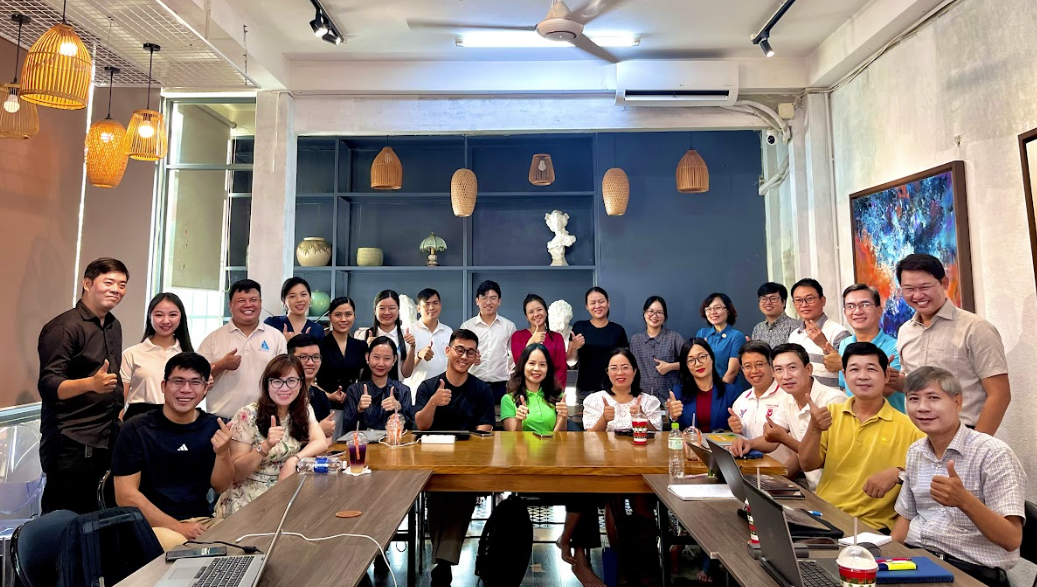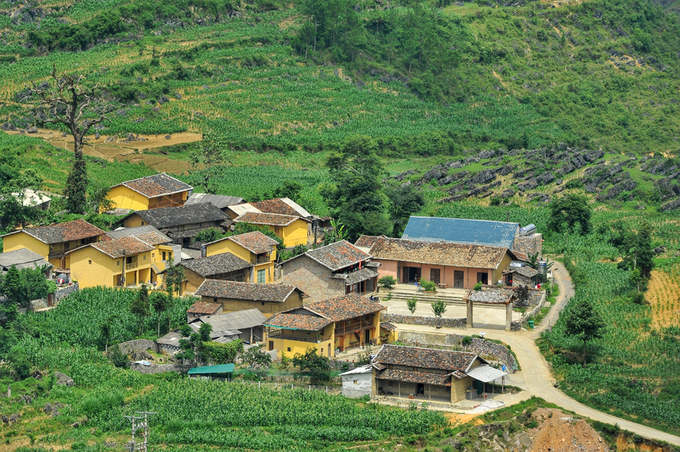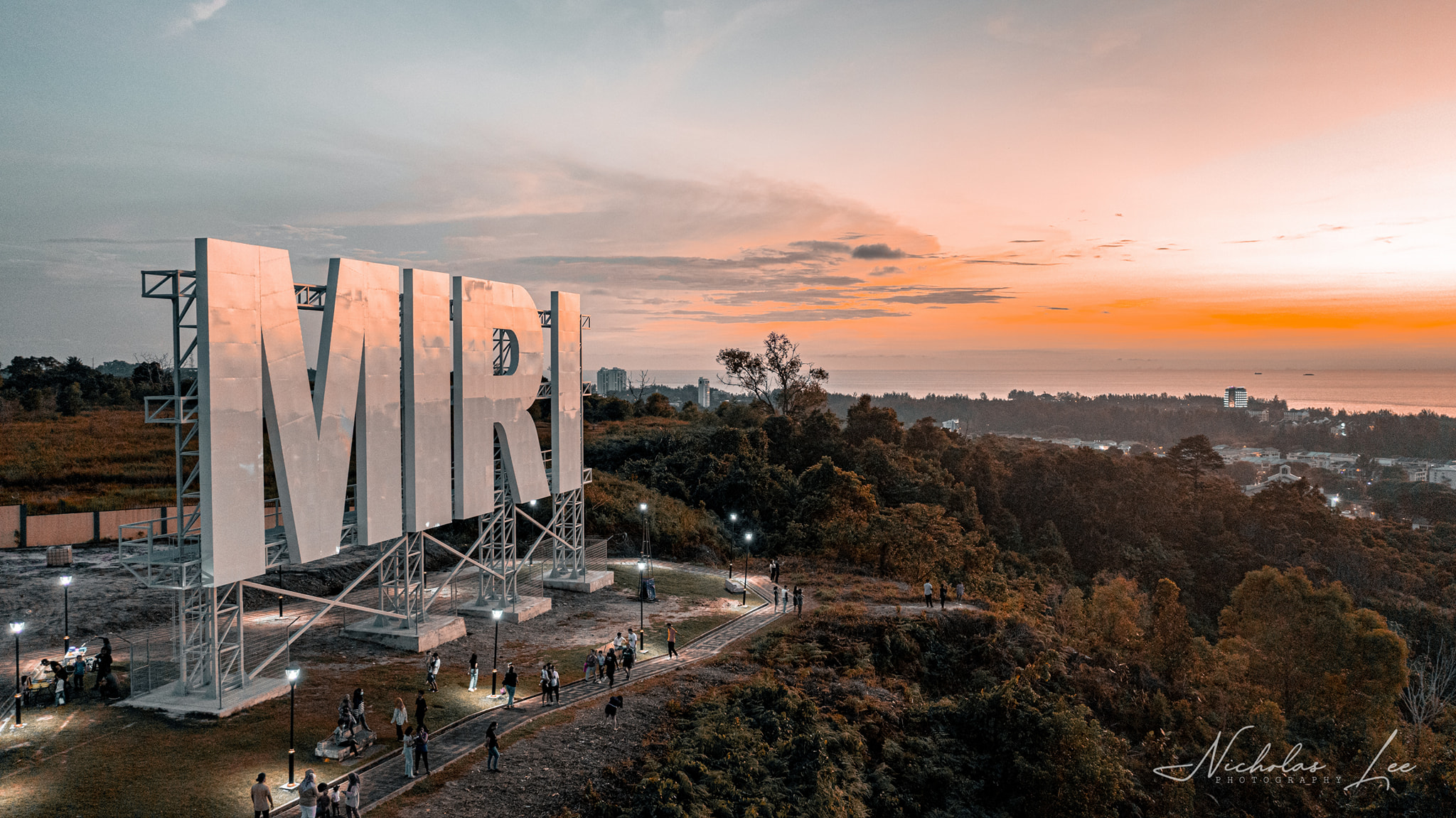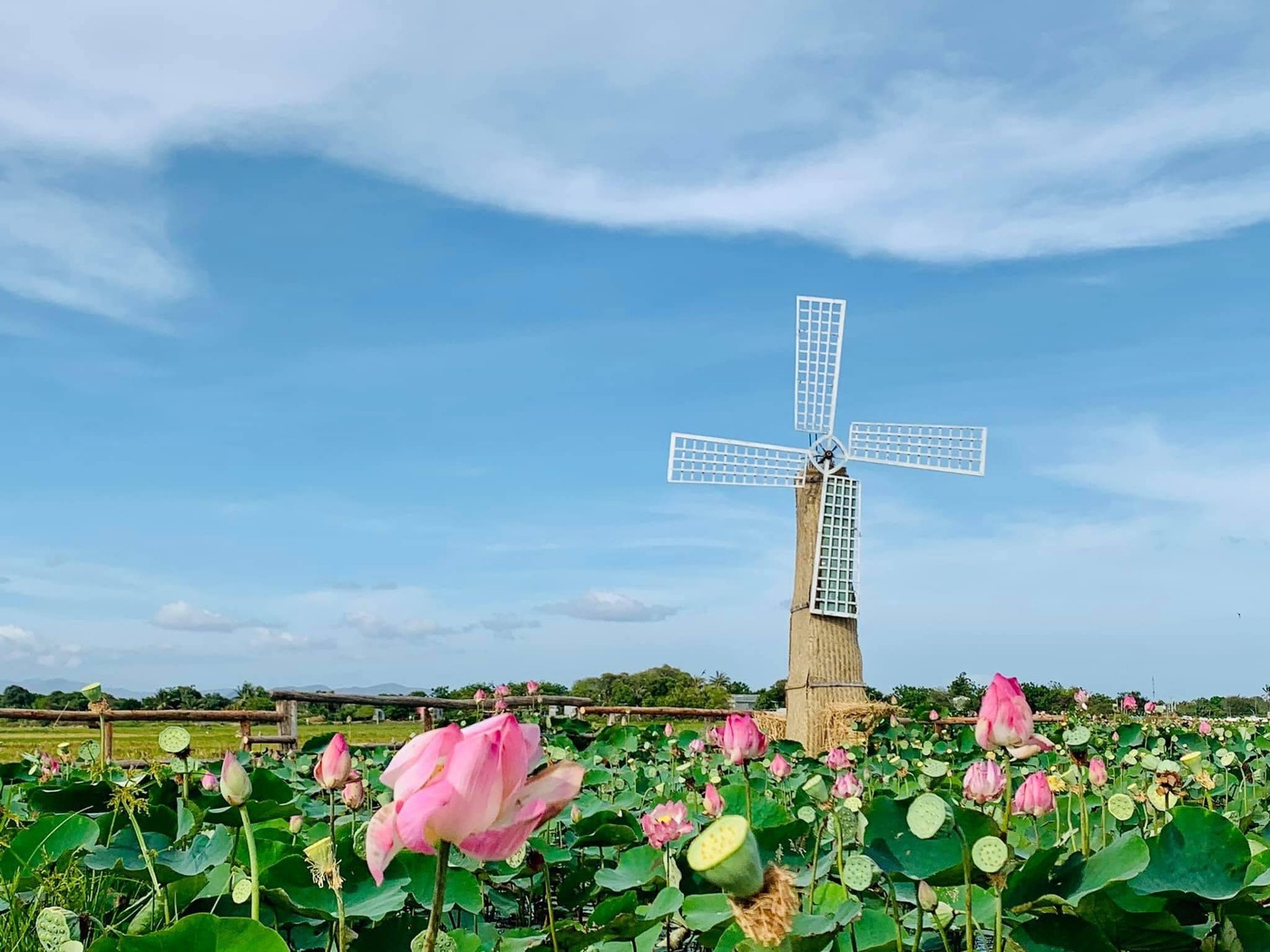This post is also available in:
Tiếng Việt (Vietnamese)
This article critically examines the increasingly profound role of social media in shaping modern travel behavior—from inspiring wanderlust and influencing destination choices to its ethical, environmental, and experiential implications. Through a multidimensional lens, the discussion unpacks how social platforms serve as powerful marketing tools while simultaneously revealing the cracks in the structure of sustainable tourism.
Social Media as an Unprecedented Driver of Travel Inspiration
No longer merely a tool for social connection, social media today has become an unparalleled engine of tourism motivation. Users are easily drawn into visually captivating images, breathtaking travel videos, and off-the-beaten-path “stories.” In many cases, people don’t simply want to visit a place—they want to relive what they saw online, driven by a sense of immediacy and visual desire.
Content creators and influencers play a critical role in shaping tourism choices. Rather than simply showcasing destinations, they construct experiential narratives that integrate personal identity with place, creating emotional resonance for their audiences. With thousands of followers, they define “must-visit” spots and frame new interpretations of culture and landscape—not merely by describing, but by storytelling and emotional transmission.
Digital Tourism: Erasing Geographical Limits
The COVID-19 pandemic marked a turning point that forced the global tourism industry to restructure. In this context, digital tourism rose to prominence. Remote-controlled virtual tours, such as those offered by the Faroe Islands, where users could interact with live guides in real time, introduced a new approach: tourism as a tech-driven experience, consumable through screens, interactive like a game, and capable of nurturing long-term curiosity without physical presence.
Online Reviews: Guiding Light or Grey Zone of Trust?
Before booking a tour, hotel, or restaurant, 90% of German travelers read online reviews—a figure that reflects global patterns. Yet this trust is fragile: an estimated 15% of reviews may be fake. Consumers are caught between a desire to believe and a need for skepticism. In the digital age, staged images, generic praise, and lack of transparency can create illusions of quality. Reading negative reviews, checking user-submitted photos, and comparing multiple sources have thus become critical steps in informed travel decisions.
One unintended consequence of social media is the standardization of travel experiences. When a destination becomes viral, everyone arrives with the same goal: to recreate the photo they saw online. As a result, tourism loses its core attributes—surprise, discovery, and personalization. Spaces are not engaged with for lived moments, but reduced to backdrops for replication. This raises urgent questions for the tourism industry: how can we reignite the desire for authentic experiences, rather than image consumption?
Overtourism and the Invisible Damage of a Single Photo
The viral power of social media can act as a double-edged sword. A single “million-like” image can unexpectedly turn a remote village into a tourist hotspot—often overwhelming infrastructure and damaging ecosystems. Examples like trampled lavender fields in Provence (France) or the congested Swiss village of Lauterbrunnen, dubbed the “Maldives of Milan,” reveal how unchecked digital promotion can harm local identity, peace, and even agricultural cycles.
Not every beautiful scene is ethically available for capture. In many cases, privacy and cultural boundaries are violated as travelers obsess over the “perfect shot.” At Angkor Wat, monks have protested intrusive photography. Sacred spaces are often disrupted by hidden cameras or drones. Filming religious rituals without consent or zooming into personal lives crosses cultural lines, turning travelers into unconscious image consumers.
Dark Tourism and the Tragedy of Misplaced “Souvenirs”
Dark tourism—visiting sites associated with trauma and death—is increasingly misappropriated. Places like Chernobyl, Auschwitz, or Ground Zero are being reduced to cinematic backdrops, often accompanied by smiling selfies or inappropriate fashion choices. This trivializes collective memory and undermines the intention of remembrance. When every space is viewed as an aesthetic canvas for personal branding, the ethical boundaries of tourism come into question once again: do we travel to understand, or merely to be seen?
Travel companies have quickly integrated visual trends into their offerings. The easyJet app, for example, lets users upload Instagram photos to find matching destinations—demonstrating the direct link between instant visual inspiration and travel decisions. In the future, social media will be more than just a platform for sharing; it will become an integral part of the tourism value chain—from discovery to decision-making, experience-sharing, and review.
Each Photo Taken Is an Ethical Choice
Social media has fundamentally altered how we plan, experience, and remember travel. But this power comes with responsibility. In the digital era, every photo posted is not just a personal memory—it’s an act that influences landscapes, communities, and cultures.
Responsible tourism in the age of sharing is no longer a trend—it is an ethical imperative.










